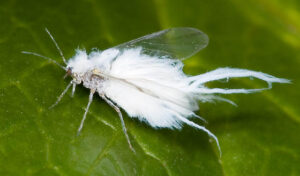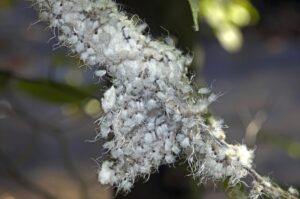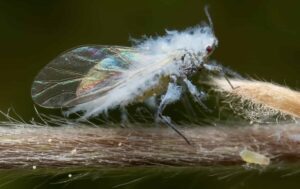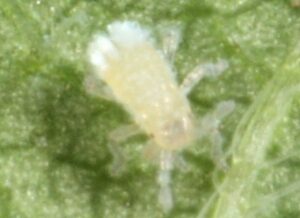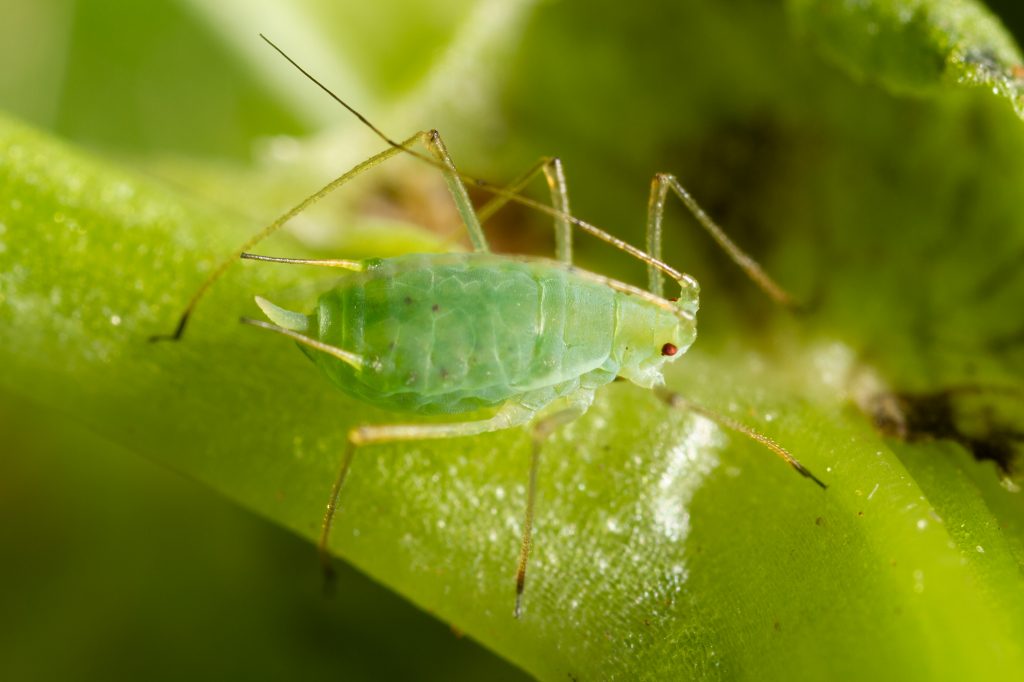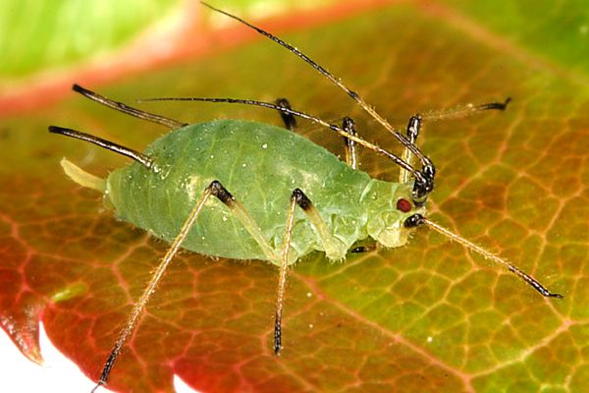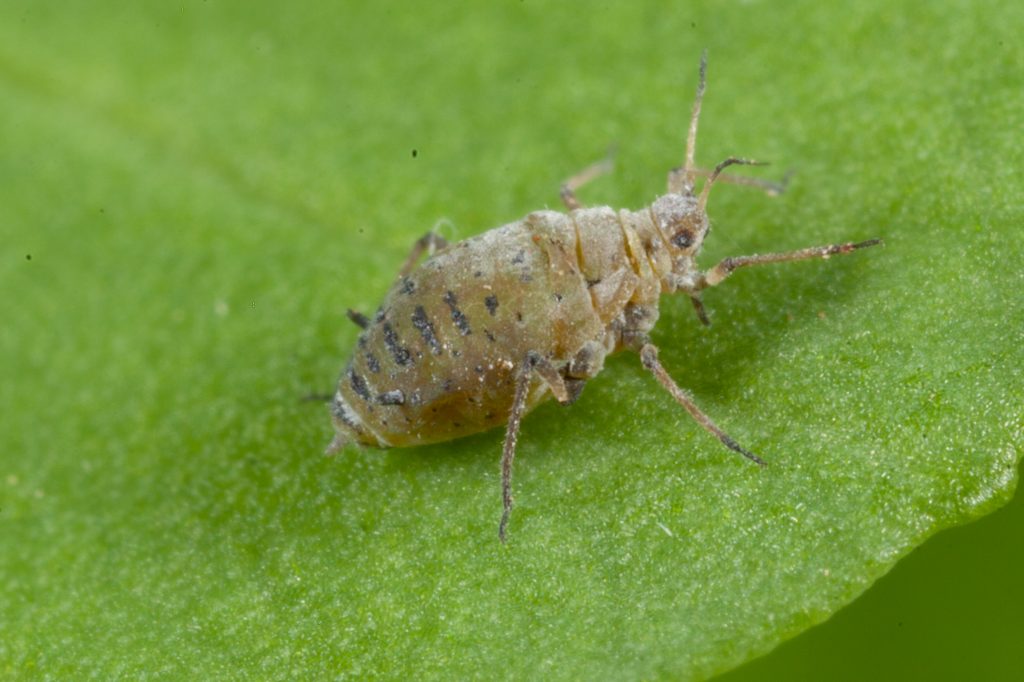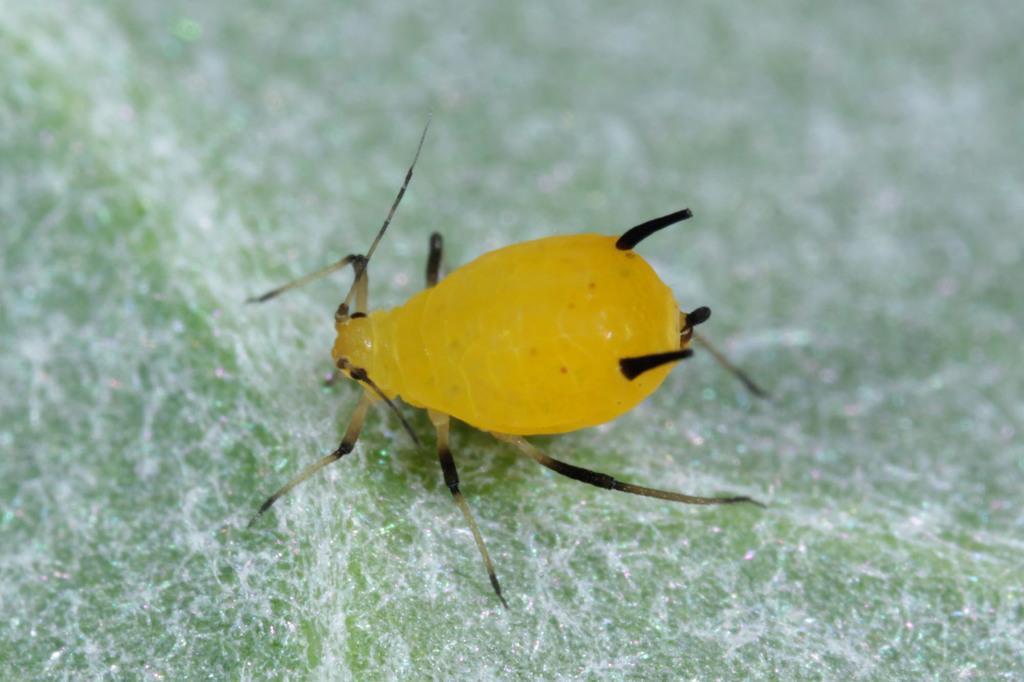Woolly Aphids (Eriosomatinae)
Updated on
30/11/2022Woolly aphids, members of the subfamily Eriosomatinae, are sap-feeding insects that create a fibrous waxy white covering resembling wool or cotton on their host plants. Many species have only one host, while others have alternating generations on two hosts. They are considered pests as they cause botanical harm.
Scientific Classification
- Class:Insecta
- Order:Hemiptera
- Suborder:Sternorrhyncha
- Family:Aphididae
- Subfamily:Eriosomatinae
Conservation Status
Description and Identification
The fluffy white pests are tiny, only ¼ inch (0.5 cm). They are actually green or blue and appear fuzzy owing to the white, waxy covering on their bodies.
Distribution: Throughout Northern Hemisphere.

Habitat: All types of plants and trees. They often live in orchards, ornamental flower gardens, and vegetable gardens.
Do They Bite/Sting: No.
Lifespan: Approximately one month.
Predators: Hoverflies, lacewings, parasitic wasps, and ladybugs.
Behavior and Characteristics
Diet
The insects insert their needle-like mouthparts into plant tissue to suck sap. In this way, they can feed on the leaves, bark, buds, and even roots of a plant. Their food enables them to produce a sticky excretory substance called honeydew that can cause plants to develop sooty mold, making them unsightly.
Comparison with Similar Species
Mealybugs
Mealybugs congregate at the joints of plants or where leaves are attached. They move very slowly, are soft-bodied scales, and have an oval shape below their waxy coating. On the other hand, woolly aphids move faster and coat a stem or form patterns at the back of leaves. Below the cottony cover, they are pear-shaped insects that resemble other aphids in their looks.
Getting Rid of Woolly Aphids
Though most of the damage caused by woolly aphids to plants is minor, they can spread fungi (like powdery mildew) and infectious diseases. Some species, like staghorn sumac aphids and Pemphigus spp., can also spread galls. Plus, they give rise to sooty mold on plants that ruin their looks. So they can be a nuisance to ornamental plant growers. Their feeding habits can lead to curled and twisted leaves, stunted growth, low plant vigor, branch dieback, and yellowed foliage in trees. The woolly apple aphid is a pest of fruit trees.
The affected areas of trees can be spot treated with neem oil or insecticidal soap to kill woolly aphids. The infected branches can also be pruned and destroyed. For bigger populations (that occur rarely), chemical control measures can be adopted by using insecticides like acephate (Orthene).
FAQs
Yes, vinegar has decent success rates in killing and deterring woolly aphids.
No, woolly aphids cannot jump. They mainly crawl and can hop very briefly.
No, woolly aphids don’t sting or bite humans.
Source
daltons.co.nz, a-z-animals.com, hips.hearstapps.com, downgardenservices.org.uk, gardenerspath.com, bugguide.net




